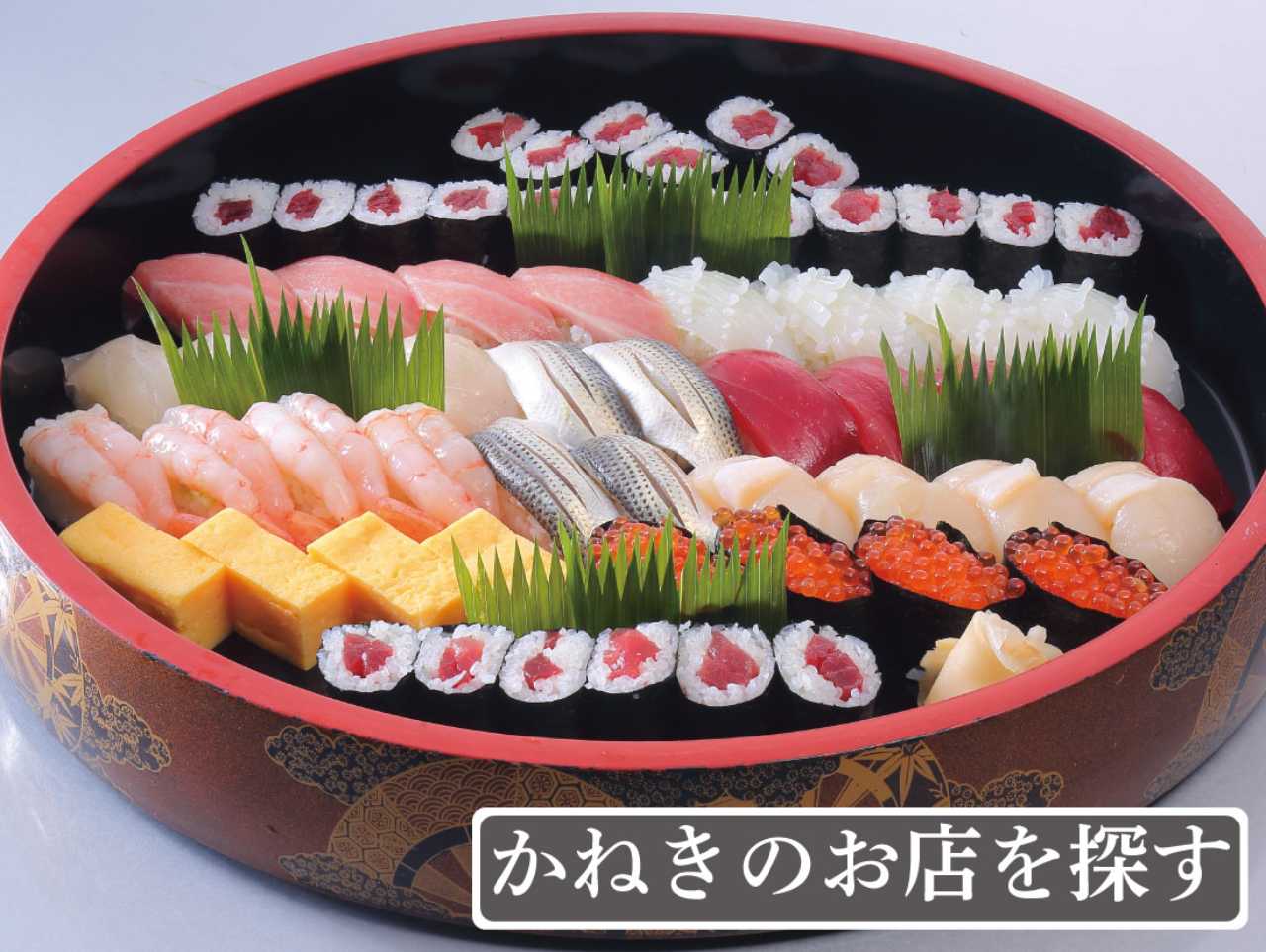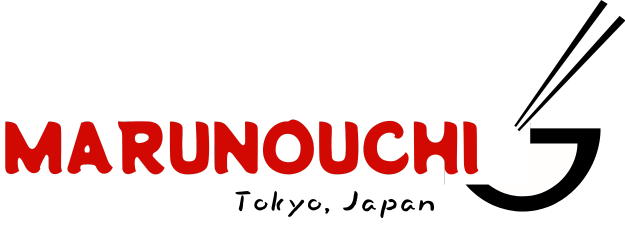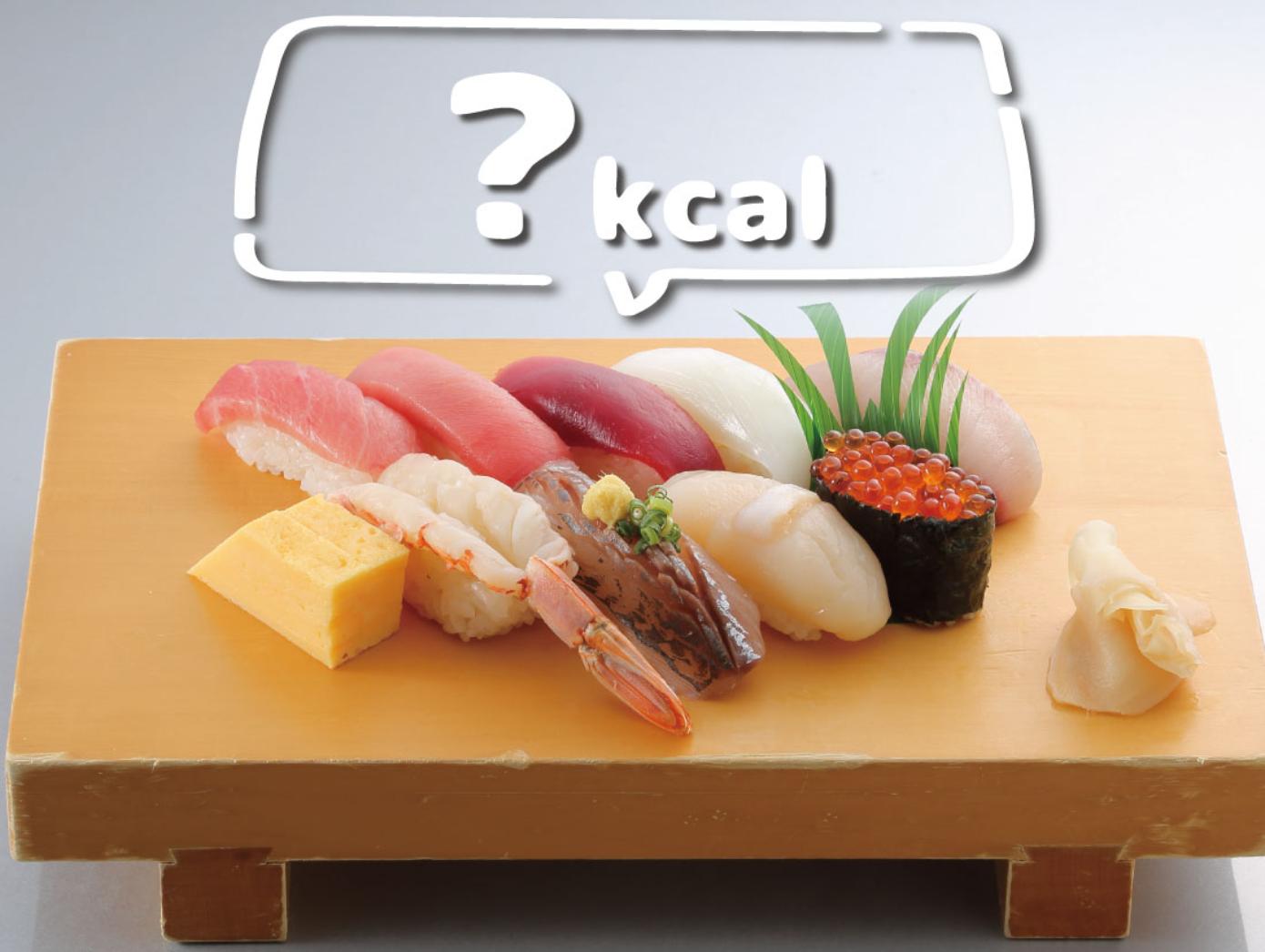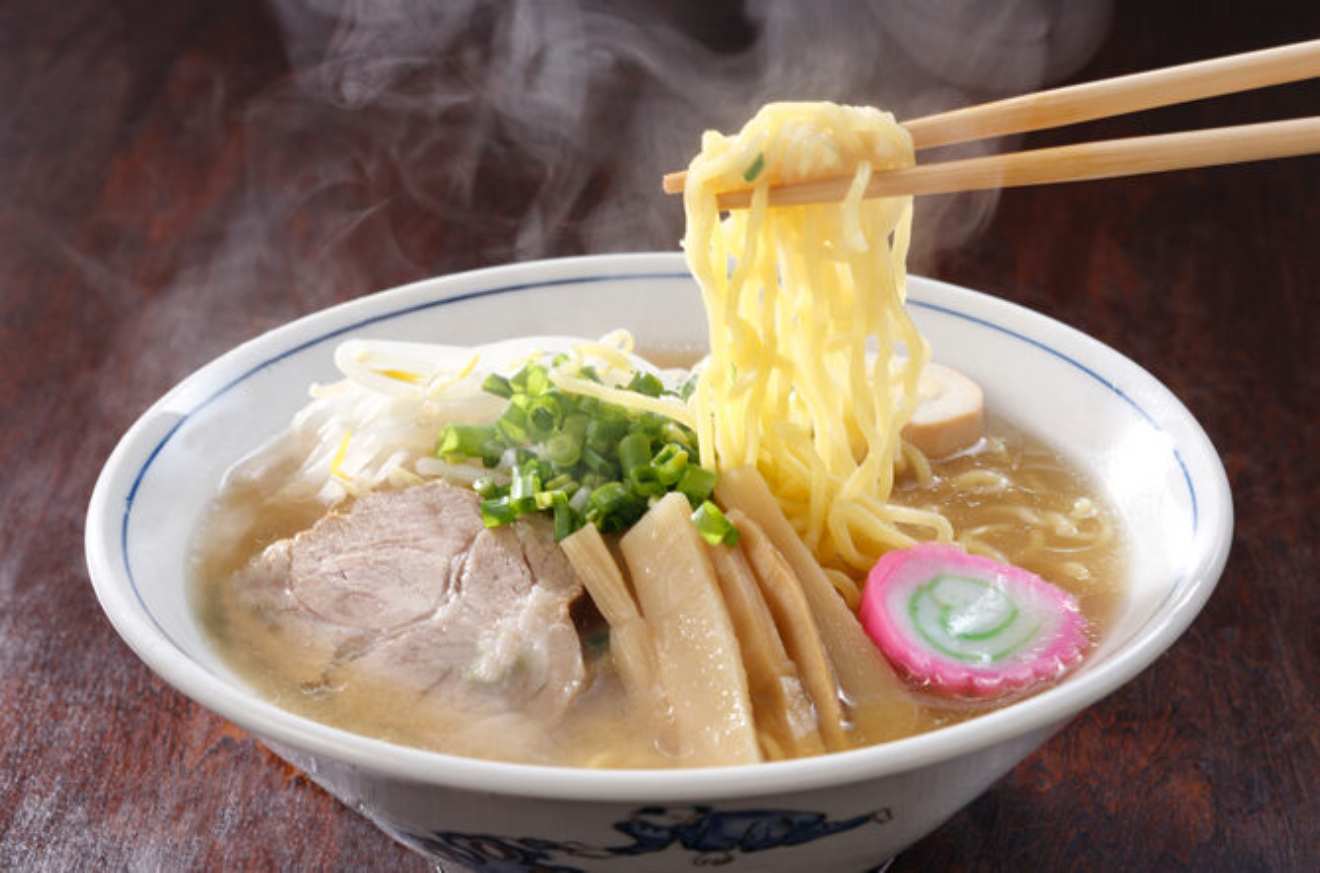Just because you’re on a diet doesn’t mean you want to give up your favorite food, sushi.
But you’re worried about the sugar and calories, and it’s hard to bring yourself to eat it… I’m sure there are many people out there who feel the same way.
In fact, sushi can be a delicious and healthy meal even on a diet if you choose the right toppings and rice, and eat it in the right way!
In this article, we’ll explain in detail about the carbohydrate and calorie content of sushi, and introduce some tips on how to choose toppings that you can safely eat even on a diet, as well as how to enjoy sushi while keeping the carbohydrate intake in check.
in particular,
- A comparison of the carbohydrate and calorie content of sushi toppings
- Differences in sugar content depending on the type of sushi rice
- A ranking of low-carb dishes that are safe for those on a diet
- Dispelling common misconceptions about the carbohydrate content of sushi
We have summarized the following information in an easy-to-understand manner.
After reading this article, you won’t have to hold off on sushi anymore!
Equipped with the right knowledge, you’ll be able to enjoy delicious sushi without guilt, even while on a diet!
What you’ll learn by reading this article
- Find out the carbohydrate and calorie content of sushi ingredients
- You can see the difference in sugar content depending on the type of rice.
- Learn what sushi toppings you can eat even if you’re on a low-carb diet
- Clear up misconceptions about the carbohydrate content of sushi
Table of Contents
- Sushi toppings that you can eat even while dieting
- Three tips for enjoying sushi while keeping your carbohydrate intake low
- Top 5 recommended low-carb sushi toppings
- Common misconceptions and correct information about carbohydrates in sushi
- Frequently Asked Questions
- Q1. What sushi topping has the lowest carbohydrate content?
- Q2. How much less carbohydrate does brown rice sushi rice have compared to white rice sushi rice?
- Q3. What side dishes do you recommend?
- Q4. How many pieces of sushi can I eat in one day?
- Q5. Are there any precautions I should take when eating conveyor belt sushi on a low-carb diet?
- Q6. Besides sushi, are there any dishes you would recommend for a low-carb diet?
- Summary
Sushi toppings that you can eat even while dieting

You’re on a diet, but you really want to eat sushi! In times like these, you’re probably concerned about the carbohydrates and calories. Here, we’ll explain in detail the carbohydrates and calories in sushi, and introduce some tips for choosing sushi toppings that you can eat safely even while on a diet.
Carbohydrate content of sushi: A list of different toppings and a comparison of calories
The carbohydrate content of sushi is mainly contained in the rice.
The amount of carbohydrates does not vary greatly depending on the type of topping, but the calories do.
In the table below, we compare the carbohydrate content and calories of the main toppings. (Per piece)
| Types of material | Carbohydrate content per piece (g) | Calories per piece (kcal) |
|---|---|---|
| Tuna (red meat) | Approx. 6 | About 30-40 |
| Tuna (fatty tuna) | Approx. 6 | About 50-70 |
| squid | Approx. 7 | About 15-25 |
| Octopus | Approx. 7 | About 20-30 |
| Salmon | Approx. 6 | About 40-60 |
| Shrimp | Approx. 7 | About 30-40 |
| Eel | Approx. 7 | About 70-90 |
| Salmon roe | Approx. 6 | About 40-50 |
| Egg | Approx. 8 | About 50-70 |
The above is just a guideline and may vary depending on the size of the rice, the amount of topping, and how it is prepared.
Differences in types of sushi rice and sugar content
Sushi sushi rice is not only made from white rice, but also from brown rice and mixed grain rice.
How does the carbohydrate content change depending on the type of sushi rice?
- White rice : The white rice used in typical sushi rice has a high carbohydrate content, containing about 36g of carbohydrates per 100g.
- Brown rice : Brown rice is richer in dietary fiber, vitamins, and minerals than white rice. The amount of carbohydrates is almost the same as white rice, but it is recommended for dieters because it causes a slow rise in blood sugar levels.
- Multigrain rice : A blend of various grains, it is highly nutritious and has a slightly lower carbohydrate content than white rice. It varies depending on the product, but contains about 30-35g of carbohydrates per 100g.
Depending on the sushi restaurant, you may be able to adjust the amount of sushi rice. If you are on a carbohydrate restriction diet, it may be a good idea to ask for less sushi rice.
Sushi ingredients calorie ranking: from low to high
Calorie content varies greatly depending on the type of topping, so if you’re on a diet, try to choose low-calorie toppings.
Low calorie sushi (approximately 20-30kcal per piece)
- Squid and octopus: Low in calories and high in protein. Great for those on a diet.
- White fish (sea bream, flounder, etc.): Light in taste and low in calories. High in protein and healthy.
- Shellfish (clams, star clams, etc.): Low in fat and healthy.
Medium calorie sushi (approximately 30-50kcal per piece)
- Tuna (red meat): Rich in quality protein.
- Shrimp: High in protein and low in fat.
High calorie topping (approximately 50kcal per piece)
- Tuna (fatty): High in fat and calories.
- Eel: High in fat and carbohydrates and calories.
- Salmon roe and herring roe: Relatively high in calories.
Things to be aware of when eating sushi on a low-carb diet
When eating sushi while on a low-carb diet, be sure to keep the following in mind:
- Topping selection : Choose low-calorie, low-sugar toppings. Eat small amounts of high-calorie toppings.
- Amount of sushi rice : Use less sushi rice or change the type of sushi rice.
- Don’t overeat : Too much of any food is bad. Enjoy it in moderation.
- Other : Be careful not to use too much soy sauce. This can lead to excessive salt intake. Pickled ginger and wasabi are low in carbohydrates, so use them to change up the flavor. It is also recommended to eat it with vegetables.
Three tips for enjoying sushi while keeping your carbohydrate intake low
Don’t want to give up sushi even when you’re on a diet? Here are three tips for you to enjoy delicious sushi while keeping your sugar intake low.
With a few simple tricks, you can enjoy sushi without feeling guilty.
How to choose low-carb sushi: Control your carbs by choosing the toppings carefully!
The carbohydrate content of sushi mainly comes from the rice, so choosing the toppings is important.
If you are concerned about carbohydrates, try to choose toppings that are low in carbohydrates and high in protein.
Recommended toppings are as follows:
- Seafood : Tuna (red meat), squid, octopus, white fish (sea bream, flounder, etc.), shellfish, shiny fish, etc. These ingredients have about 6 to 7 grams of carbohydrates per piece.
- Other : Tamagoyaki (Japanese rolled omelette), vegetable toppings (cucumber rolls, kappa rolls, etc.). Tamagoyaki has about 8g of carbohydrates, and vegetable toppings have about 7-10g of carbohydrates.
These ingredients are relatively low in calories, making them perfect for those on a diet.
On the other hand, eel, conger eel, and fatty tuna are high in fat and calories, so you should be careful.
Each serving is about 70-80 kcal.
Salmon roe and herring roe are also low in carbohydrates, but relatively high in calories.
Each serving is about 40-50 kcal.
Adjust the amount of sushi rice to reduce carbohydrates!
Adjusting the amount of sushi rice is essential to reducing carbohydrates.
Recently, many sushi restaurants have started accepting orders for less sushi rice.
By simply asking for “less sushi rice,” you can significantly reduce the amount of carbohydrates.
For example, if the usual amount of sushi rice is about 20g per piece, you can reduce it to about 15g by ordering less sushi rice.
Another effective way is to change the type of sushi rice.
Some restaurants offer sushi rice made with brown rice or multigrain rice, which have lower carbohydrate content than white rice.
By choosing these types of sushi rice, you can further reduce carbohydrate content.
For example, white rice has a carbohydrate content of about 36g per 100g, while brown rice has about 35g and multigrain rice has about 30-35g.
Some people who are on a low-carb diet may not eat sushi rice at all.
However, sushi rice has the role of enhancing the flavor of the sushi toppings, balancing the nutritional content, and preventing a sudden rise in blood sugar levels.
Instead of not eating it at all, try to be conscious of adjusting the amount you eat.
Balance your nutrition with side dishes!
If you only eat sushi, your nutritional balance will inevitably be unbalanced.
Therefore, by making good use of side dishes, you can improve your nutritional balance.
- Salad : You can get dietary fiber and vitamins. The dietary fiber contained in salads can also help slow the rise in blood sugar levels.
- Soups : Miso soup and fish soup are packed with nutrients from the fish. Fish soup in particular contains calcium and collagen from the fish bones and skin.
- Boiled or grilled vegetables : These are rich in dietary fiber and are expected to help lower blood sugar levels. For example, spinach ohitashi and grilled eggplant go well with sushi.
Eating these side dishes together will make for a more balanced meal. If you are on a low-carb diet, avoid dishes that are high in carbohydrates (such as chawanmushi and potato salad).
Three secrets to prevent overeating
Even if you choose low-carb sushi, it’s pointless if you end up eating too much.
Here are three tips to prevent overeating.
- Eat slowly and savor the taste : Eating quickly can cause your blood sugar to spike and lead to overeating. Eat slowly and savor each bite. Chewing thoroughly will also make you feel fuller.
- Use a chopstick rest : Using a chopstick rest helps you consciously slow down your eating pace. By putting your chopsticks down, you can pause eating and check your level of fullness.
- Eat soup or salad first : Eating something high in fiber first will slow down the rise in blood sugar levels. Fiber absorbs water and expands in the stomach, making you feel fuller.
Follow these tips to avoid overeating and enjoy delicious, healthy sushi!
By preventing blood sugar levels from rising, you can increase the effectiveness of your diet.
Top 5 recommended low-carb sushi toppings
I’m on a carb-restricted diet, but I still want to eat sushi!
For those of you who feel the same way, we’ve compiled a ranking of our recommended low-carb sushi toppings.
Choose healthy toppings and enjoy delicious sushi even while on a diet!
1st place: Tuna (red meat)
A classic sushi topping for dieters is red tuna. It is high in protein, low in fat, and low in carbohydrates, making it ideal for dieters.
Each piece contains about 6g of carbohydrates and is low in calories, about 30 to 40 kcal.
Red meat is also rich in iron, so it is recommended for those who are prone to anemia.
It is the perfect sushi topping for those who want to consume high-quality protein while keeping their carbohydrate intake low.
2nd place: Squid
Squid is also an excellent ingredient that is low in carbohydrates, low in calories, and high in protein.
It is packed with nutritional value that is great for dieters.
Each piece contains about 7g of carbohydrates and is very low in calories, about 15 to 25 kcal.
Squid is rich in taurine, which can help relieve fatigue. It has a light taste, so you won’t feel guilty even if you eat a lot of it.
3rd place: Octopus
Like squid, octopus is a food that has the three qualities of being low in carbohydrates, low in calories, and high in protein.
It is a great ally for those on a diet.
Each piece contains about 7g of carbohydrates and about 20 to 30 kcal.
Octopus is rich in zinc, which helps improve immunity. It also has a unique texture, making it an easy topping to satisfy.
4th place: Salmon
Salmon is rich in high-quality protein and nutrients such as DHA and EPA.
DHA and EPA in particular are expected to have effects such as lowering neutral fat levels and thinning the blood, making them useful for maintaining good health.
The carbohydrate content is low at about 6g per piece, but because it is high in fat, the calories are slightly higher than other toppings at 40 to 60 kcal.
Be careful not to eat too much.
5th place: White fish (sea bream, flounder, etc.)
White fish has a light taste and is low in calories and carbohydrates, making it ideal for dieting.
It has a light taste, but is also very tasty and satisfying.
Each piece contains about 6 to 7g of carbohydrates and is low in calories, about 20 to 30 kcal. It is high in protein and easy to digest, so it doesn’t put a strain on the stomach and intestines.
Extra: Shellfish and shiny objects
Shellfish (clams, scallops, ark shells, etc.) and shiny fish (sardines, horse mackerel, saury, etc.) are also recommended as they are low in carbohydrates and calories.
Shellfish has about 6-7g of carbohydrates per piece, and about 20-30kcal of calories.
Shiny fish has about 7g of carbohydrates per piece, and about 30-40kcal of calories.
These ingredients are also rich in vitamins and minerals, so they are recommended for those who want to improve their nutritional balance.
Try to incorporate them into your meals.
Common misconceptions and correct information about carbohydrates in sushi
Is sushi bad for dieters because it’s high in carbohydrates?
Are there any toppings you shouldn’t eat when restricting carbohydrates? We’ll clear up all the questions and misunderstandings about the carbohydrate content of sushi, give you the right knowledge, and enjoy eating sushi.
Is it true that sushi is high in carbohydrates?
Some people may have the image that “sushi = high carbohydrates”.
It is true that the carbohydrates in sushi come from the rice, so sushi that uses a lot of white rice is high in carbohydrates.
One typical piece of sushi (about 30g) contains about 7g of carbohydrates. If you eat 10 pieces, you will be consuming about 70g of carbohydrates, which is something to be careful of if you are on a carbohydrate-restricted diet.
However, it is possible to reduce carbohydrate intake by considering the type of topping, the amount of rice, and the way you eat it.
For example, you can control the amount of carbohydrate by using less rice or choosing toppings with a low carbohydrate content.
Also, an increasing number of sushi restaurants are offering rice made with brown rice or mixed grain rice.
Per 100g, white rice contains about 36g of carbohydrates, while brown rice contains about 35g and mixed grain rice contains about 30-35g.
Choosing these types of rice is one way to reduce carbohydrate intake.
It cannot be said that sushi is necessarily high in carbohydrates, and with some ingenuity, it can be enjoyed even while on a low-carb diet.
Are there any foods I shouldn’t eat while restricting carbohydrates?
There are no particular ingredients that you should avoid eating while restricting carbohydrate intake.
The carbohydrate content of the ingredients themselves is very low, so it doesn’t matter which ingredient you choose.
For example, red tuna contains about 0.1g/100g, squid about 0.4g/100g, and octopus about 0.2g/100g, so they contain almost no carbohydrates.
However, you should be careful not to eat too much of high-calorie ingredients (such as fatty tuna and eel) or ingredients that use sauces with high carbohydrate content.
Grilled eel contains about 30g of carbohydrates per 100g, and fatty tuna contains about 1g.
If you are more conscious about limiting carbohydrates, it is better to choose vegetable toppings (kappa rolls, kanpyo rolls, etc.) or low-calorie, high-protein toppings (squid, octopus, white fish, etc.).
Kappa rolls have about 10g per piece, and kanpyo rolls have about 9g per piece, so they have higher carbohydrate content than other toppings, but you can reduce the carbohydrate content by adjusting the amount of sushi rice.
Things to be aware of when eating sushi
Here are some points to keep in mind when eating sushi.
- Select your toppings : Limit your intake to small amounts of fatty or high-calorie toppings.
- Shari : Adjust the amount of carbohydrates by using less sushi rice or switching to brown rice or multigrain rice. Depending on the restaurant, you may be able to choose the type of sushi rice.
- Side dishes : Avoid side dishes that are high in carbohydrates, and instead choose salads and soups. Be careful with dishes like chawanmushi and potato salad, as they are high in carbohydrates.
- Don’t overeat : No matter how low the sugar content of your food is, if you eat too much, it will lead to excess calories. It’s important to be aware of the amount you eat and only eat in moderation.
- Amount of soy sauce : Be careful not to use too much soy sauce, as this will result in too much salt. Excessive salt intake can lead to high blood pressure and other problems.
- Chew thoroughly : Chewing thoroughly helps you feel fuller and prevents you from overeating. It also improves digestion and absorption.
Keep these points in mind and you can enjoy delicious, healthy sushi.
Frequently Asked Questions
Q1. What sushi topping has the lowest carbohydrate content?
A1. Most sushi ingredients contain very little carbohydrate in themselves.
There are no ingredients that are particularly high in carbohydrates, but when choosing, it is best to avoid those that are covered in sweet and spicy sauces that use a lot of sugar or mirin.
Q2. How much less carbohydrate does brown rice sushi rice have compared to white rice sushi rice?
A2. The amount of carbohydrates in brown rice sushi rice and white rice sushi rice is almost the same.
White rice has about 36g per 100g, and brown rice has about 35g.
However, brown rice is richer in dietary fiber, vitamins, and minerals than white rice, and it also causes a more gradual rise in blood sugar levels.
For this reason, it is recommended to choose brown rice sushi rice when dieting.
Q3. What side dishes do you recommend?
A3. Salads, soups, boiled vegetables, and grilled dishes are recommended. They provide dietary fiber, vitamins, and minerals, and help maintain a balanced diet.
When on a low-carb diet, avoid foods high in carbohydrates such as chawanmushi and potato salad.
Q4. How many pieces of sushi can I eat in one day?
A4. The amount of carbohydrates that can be consumed during a carbohydrate-restricted diet varies depending on the individual and the diet goal.
Therefore, it is difficult to say how many pieces are safe.
As a guideline, it is recommended to limit the amount of carbohydrates per meal to about 20 to 40g.
One typical piece of sushi contains about 7g of carbohydrates, so 3 to 5 pieces should be fine.
However, you should take into account the amount of rice, the type of topping, and other food items when making adjustments.
Q5. Are there any precautions I should take when eating conveyor belt sushi on a low-carb diet?
A5. When doing a low-carb diet at a conveyor belt sushi restaurant, please keep the following points in mind.
- Choose ingredients that are low in carbohydrates (such as lean tuna, squid, octopus, white fish, etc.).
- Use less rice.
- Be sure to include vegetables, seaweed, mushrooms, etc. as side dishes.
- Avoid high-calorie foods such as fried foods and those containing mayonnaise.
- Skip the dessert.
Q6. Besides sushi, are there any dishes you would recommend for a low-carb diet?
A6. Sashimi, grilled fish, meat dishes, tofu dishes, salads, vegetable soups, etc. are recommended.
These dishes are low in carbohydrates and rich in nutrients such as protein, vitamins, and minerals.
Eat a well-balanced diet and proceed with a healthy diet.
Summary
In this article, we explain the carbohydrate and calorie content of sushi, sushi toppings that can be eaten even while dieting, tips for enjoying sushi while limiting carbohydrate intake, common misconceptions and correct information.
Sushi is often thought of as being high in carbohydrates, but you can still enjoy it even while on a carbohydrate-restricted diet by choosing the right toppings, the amount of rice, and how you eat it.
Toppings that are low in carbohydrates and recommended for dieters include tuna (red meat), squid, octopus, white fish, and shellfish .
Be careful not to eat too much toppings that are high in calories or that use sauces with high carbohydrate content.
For the sushi rice, you can choose not only white rice, but also brown rice or mixed grain rice.
The amount of carbohydrates is almost the same as white rice, but brown rice and mixed grain rice are rich in dietary fiber, vitamins, and minerals, and they cause a gradual rise in blood sugar levels. You can also reduce the amount of carbohydrates by using less sushi rice.
It is also important to balance your nutrition with side dishes.
Eating salads, soups, boiled vegetables, etc. will make for a more balanced meal.
Avoid side dishes that are high in carbohydrates.
A common misconception is that “sushi = high carbohydrates,” but this isn’t necessarily true.
With a little ingenuity, you can still enjoy sushi even while on a carbohydrate restriction diet.
There are no particular ingredients that you should avoid eating while on a carbohydrate restriction diet, but you should be careful with ingredients that are high in calories or that use sauces with high carbohydrate content.
When eating sushi, be sure to keep the following in mind:
- Limit the amount of fatty or high-calorie ingredients to small amounts.
- Use less rice or switch to brown rice or multigrain rice.
- Avoid side dishes that are high in carbohydrates and instead opt for salads and soups.
- Don’t overeat.
- Be careful with the amount of soy sauce.
- Chew well.
Keep these points in mind and you can enjoy delicious, healthy sushi.
Read also: Thorough Guide on How to eat sushi.




![[Nationwide] 36 recommended “winter wonders 2025” you must see at least once in Japan](https://marunouchi.top/wp-content/uploads/japan-snow.jpg)
Leave a Reply Cancel reply